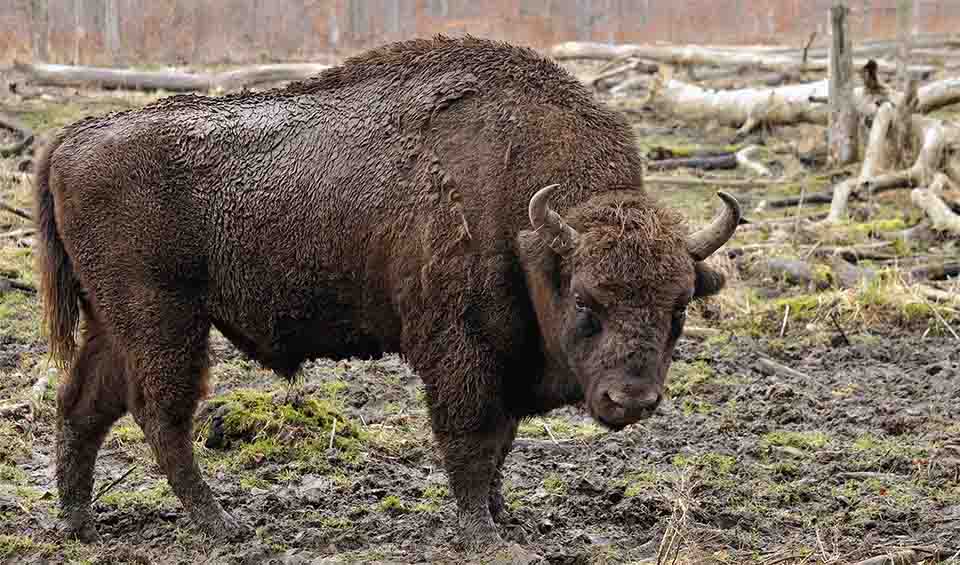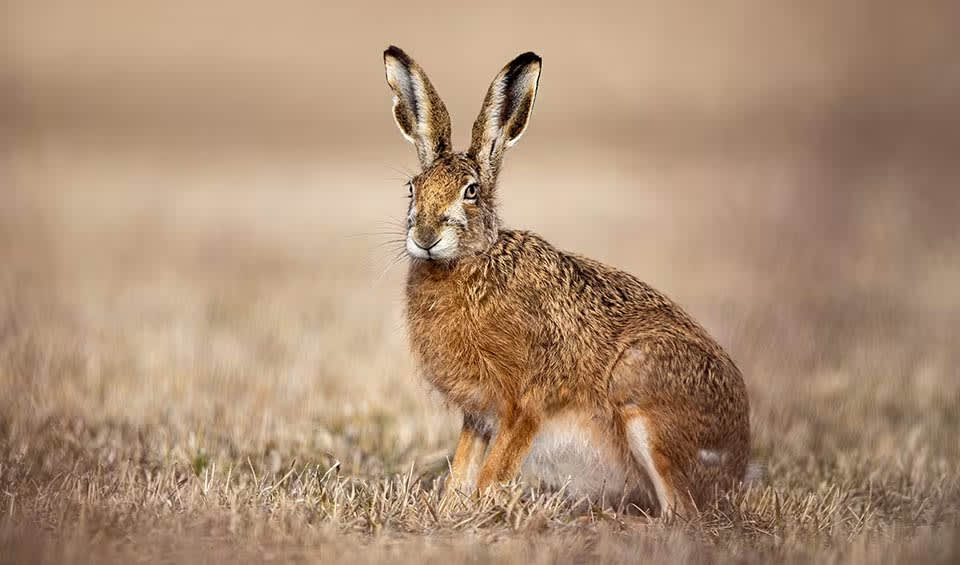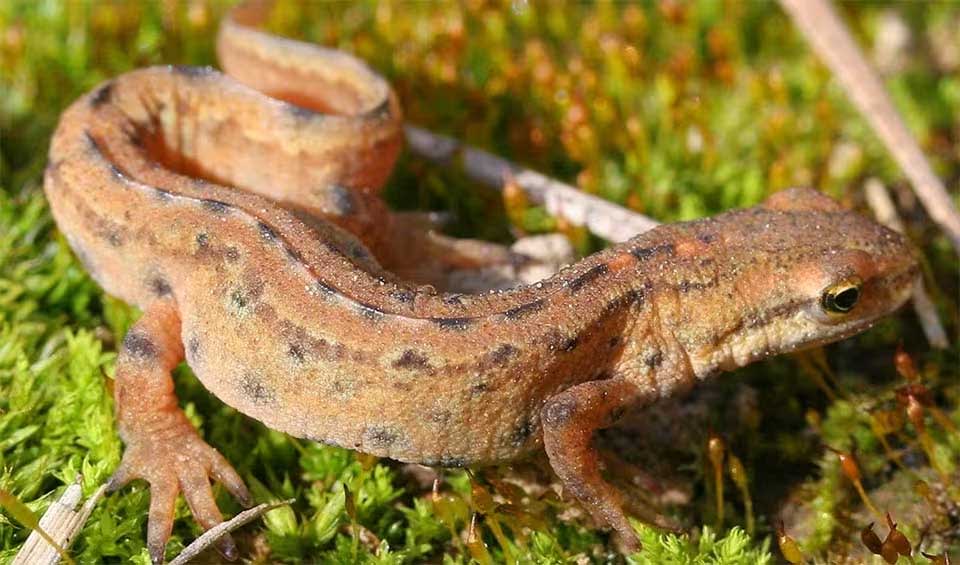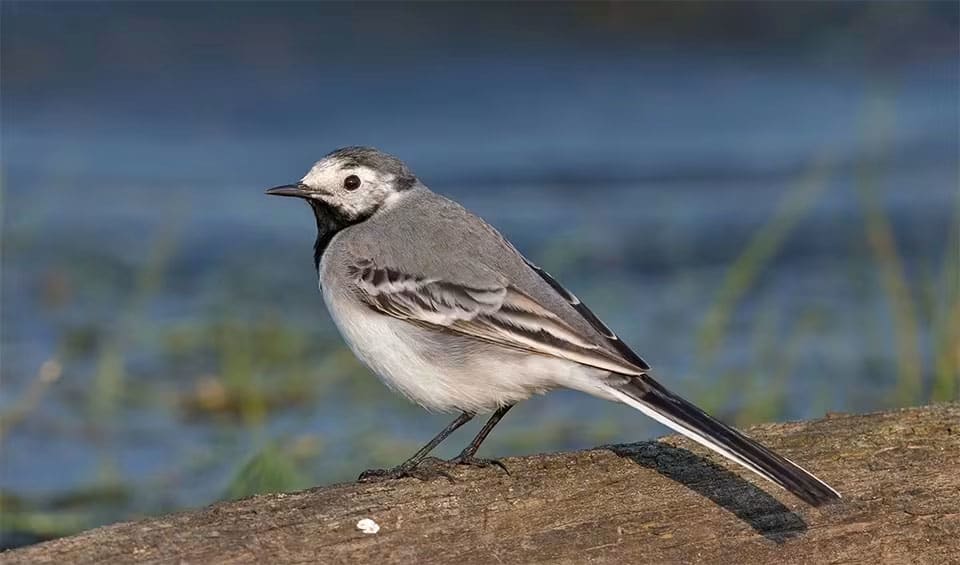Latvia, officially known as the Republic of Latvia, is a country located in the Baltic region of Northern Europe. It is bordered by Estonia to the north, Lithuania to the south, Russia to the east, Belarus to the southeast, and the Baltic Sea to the west. Covering an area of approximately 64,589 km² (24,938 mi²), Latvia boasts a diverse landscape characterized by extensive forests, rivers, and a picturesque coastline.
The climate in Latvia is temperate, with warm summers and cold, snowy winters. The country’s varied climate supports a rich biodiversity, with numerous species of plants and animals thriving in its different ecosystems. Latvia is known for its pristine natural environment, which includes four national parks, numerous nature reserves, and protected areas that conserve its unique flora and fauna.
Four pillars elaborated:
Latvia’s land use is diverse, with 18.6% designated as arable land, 0.1% for permanent crops, 10.5% as permanent pasture, and 54.1% covered by forests. The country also has an extensive network of over 600 protected areas, covering about 19% of its total territory. This network includes 4 Strict Nature Reserves, 4 National Parks, 261 Managed Nature Reserves, 325 Natural Monuments, 6 Ramsar sites, and 9 Protected Landscapes. Land Management
Land Management
Additionally, Latvia plays a significant role in the Natura 2000 network, a European Union initiative to protect biodiversity, with 333 recognized sites. The protection efforts extend to marine areas as well, with five terrestrial protected areas that include marine territories, focusing on conserving critical habitats for migratory birds. This comprehensive approach underscores Latvia’s commitment to preserving biodiversity in both land and marine environments.
The primary threats to biodiversity on agricultural lands include the increasing uniformity of agricultural landscapes and overgrowth due to insufficient management and land improvement. In other ecosystems, threats vary: peat extraction and the overgrowth of bogs from land improvement; eutrophication, the impact of small hydro-electric power stations, and poaching in inland waters; and in coastal areas, habitat degradation from tourism and recreational activities, including illegal driving, as well as habitat loss from residential development and poor management practices, along with the spread of invasive species. Additionally, low environmental awareness among the general public and policymakers significantly threatens biodiversity across the country. Threats to Biodiversity
Threats to Biodiversity
Latvia has maintained a stable, centralized system for managing environmental and biodiversity issues over the past decade. The Ministry of Environmental Protection and Regional Development (MEPRD) leads the development and execution of biodiversity policies. Within this ministry, the Nature Protection Department is tasked with managing species, habitats, and protected areas. Additionally, the ministry handles water management, pollution control, waste management, and climate change initiatives. Capacity and Governance
Capacity and Governance
Like many OECD countries, other ministries in Latvia also have roles in biodiversity policy. The Ministry of Agriculture oversees forestry, fisheries, and agriculture. There is an opportunity for improved collaboration between the Ministry of Agriculture and the MEPRD to better integrate biodiversity considerations and address sometimes conflicting priorities more effectively.
The EU Biodiversity Strategy has set a target to have 30% of its land area under protection by 2030 to preserve biodiversity across member states. Latvia is dedicated to achieving this goal and is actively working to increase its own protected areas to align with this ambitious target. This commitment involves enhancing existing conservation measures and designating new protected areas to ensure that Latvia contributes effectively to the broader EU conservation efforts. Future Trends
Future Trends
Biodiversity
Latvia is rich in biodiversity, hosting a diverse range of animal and plant species across various protected habitats. The country’s flora includes several plant species recognized by EU directives for their conservation significance. Latvia’s fauna is equally varied, with numerous protected invertebrate species and a variety of mammals, including iconic species such as the European beaver and the grey wolf.The avian population is particularly robust, featuring a wide array of bird species, including the majestic white-tailed eagle and the elusive black stork. Together, these species thrive in Latvia’s numerous protected habitat types, illustrating the country’s commitment to preserving its natural heritage.
In the table below are the number of known species in several main groups, how many of these species are Threatened with extinction, and how many of them are Endemic (unique to Latvia only):
| Species (World rank) |
Threatened | % Threatened | Endemic | % Endemic | |
|---|---|---|---|---|---|
| Mammals | 68 (#150) | 1 | 1.5% | ||
| Birds | 269 (#144) | 13 | 4.8% | ||
| Reptiles | 7 (#193) | ||||
| Amphibians | 13 (#127) | 3 | 23.1% | ||
| Fishes | 113 (#179) | 6 | 5.3% | ||
| Plants | 1,634 (#158) |
mammals
European bison
Habitat destruction & overhunting led to extinction in the wild, now gradually being reintroduced
Brown bear
The second largest bear, right after the polar bear. Sadly, it well might top the list soon
European hare
Unlike rabbits, they don’t live in burrows, instead, they make shallow nests in the grass called forms
birds
Cinereous vulture
Largest soaring vulture in the sky with extremely broad wings that assists an important role in nature as “clean-up” team
Peregrine falcon
At the speed of over 321 km/h (200 mph), this bird outraces a Formula1 car
Black guillemot
Can withstand harsh winter conditions, often remaining at sea even when the water is frozen
reptiles
Grass snake
One of the most common reptile of the European wetlands
Viviparous lizard
One of the few reptiles that can not only lay eggs but also give birth to live young
European pond turtle
At the first sign of danger, it will quickly dive into the water and hide
amphibians
Smooth newt
They have the ability to regenerate lost limbs and other body parts, a superpower in the animal kingdom!
Common toad
A warty amphibian with golden eyes
Common spadefoot
Can produce a peculiar garlic-like smell when threatened, which acts as another line of defense to deter predators
National Animals
White wagtail
Holds cultural symbolism in some societies, representing good luck

















